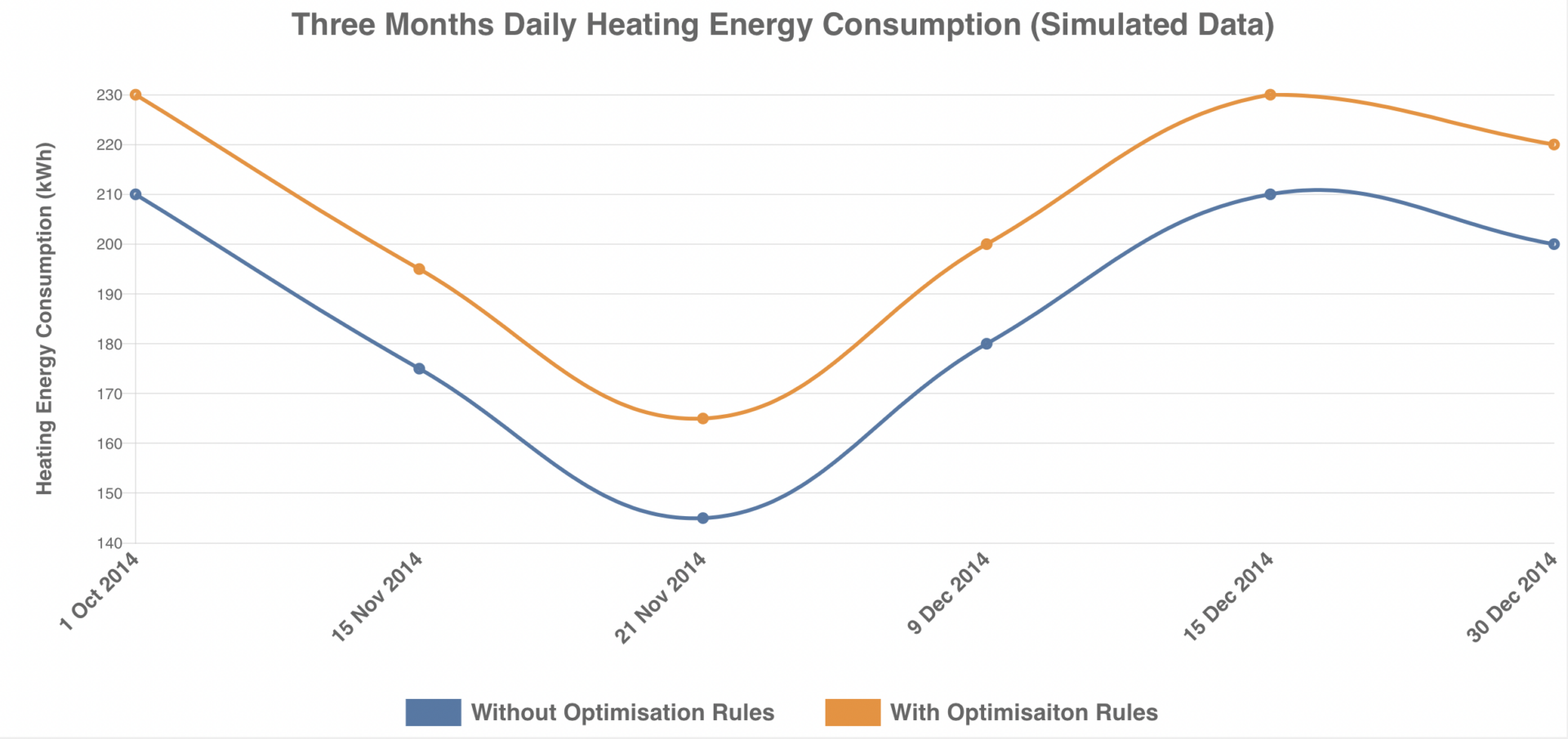
The Care Home Forum Building pilot in Eersel (Netherland) improves energy efficiency of public buildings by up to 30% by offering a system that monitors energy consuming devices and informs negotiable energy optimization plans, orchestrated by the building energy manager, taking into account a wide range of objectives, including occupants’ comfort. This is achieved through progressive cycles of integration of computer models, including the BIM (Building Information Model) and energy simulation models, used to predict and manage energy efficient behaviour. This aims to overcome the high variety, and resulting extant incompatibility, of the different models currently used in the construction and building management industry, while responding to on-going dynamic changes in usage and configuration of individual buildings.
Total Energy Savings:


Related publications
- Yuce, B. and Rezgui, Y., 2015. An ANN-GA semantic rule-based system to reduce the gap between predicted and actual energy consumption in buildings. IEEE Transactions on Automation Science and Engineering, 14(3), pp.1351-1363: http://ieeexplore.ieee.org/stamp/stamp.jsp?arnumber=7317804 (Impact factor: 2.696)
- Howell, S. K.et al. 2019. User centered neuro-fuzzy energy management through semantic-based optimization. IEEE Transactions on Cybernetics 49(9), pp. 3278-3292, DOI: 10.1109/TCYB.2018.2839700
- Yuce, B. and Rezgui, Y. 2017. An ANN-GA semantic rule-based system to reduce the gap between predicted and actual energy consumption in buildings. IEEE Transactions on Automation Science and Engineering 14(3), pp. 1351-1363, DOI: 10.1109/TASE.2015.2490141
